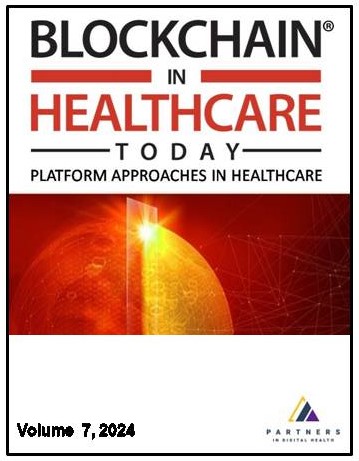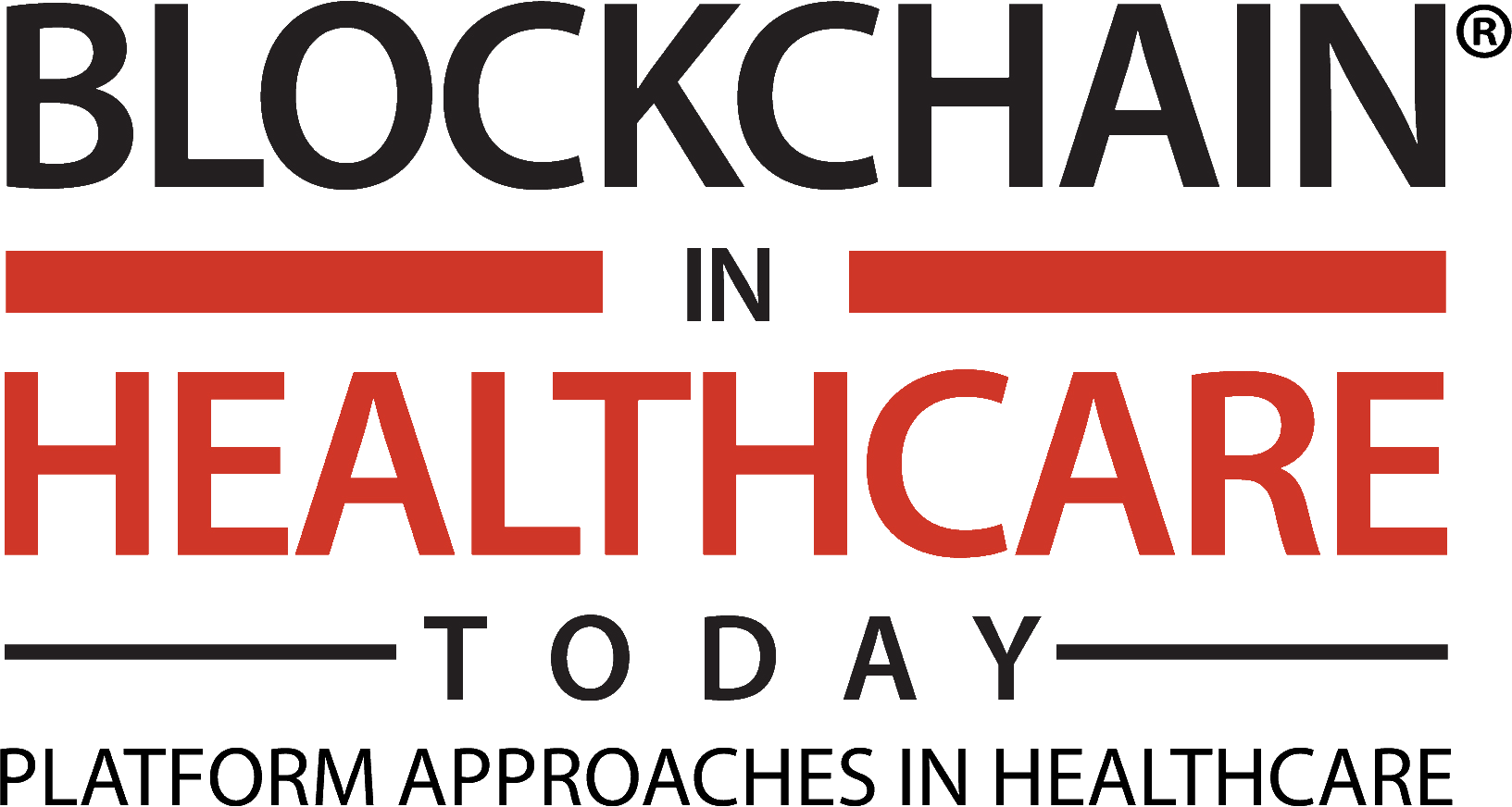Current issue

Volume 7, Issue 3, 2024
Online ISSN: 2573-8240
Volume 7 , Issue 3, (2024)
Published: 16.12.2024.
Open Access
Blockchain in Healthcare Today (BHTY) is the leading international open access journal that amplifies and disseminates platform approaches in healthcare and distributed ledger technology research and innovations. Fields of interest include healthcare information systems, leveraging data science tools and techniques, interoperability, consent mechanisms, privacy preservation, security of health data, clinical trials management, supply chain management, revenue cycle automation, immersive technologies, tokenomics, governance, regulation, network technologies, clinical computing, cryptography, and failed experiments in this expanding specialty field of research.
All issues
Contents
17.04.2024.
Original Research
Scalability Performance Analysis of Blockchain Using Hierarchical Model in Healthcare
Blockchain technology has emerged as a pivotal point to enhance privacy and security in enterprise applications and cyber world. However, scalability is an issue researcher are grappling with, in large enterprises, especially in organizations bearing multiple levels of hierarchy and access privilege. Therefore, the existing models and consensus algorithms suffer one way or another. The medical or healthcare sector suffers this problem the most due to the huge amount of data and probably the central point of failure of the traditional database management system. This paper addresses the situation through a hierarchical model in Hyperledger fabric enterprise application through a healthcare sector use case. Multiple organizations are added to each hierarchy considering them as different organization levels (Hospitals, Hospital Governance, and Insurance company). Currently the first implementation has two levels of hierarchy to show networks of hospitals joining an Insurance Company. Our primary experiment revolves around this model to test and enhance the performance of the network. Performance of the model is assessed by varying and scaling environmental parameters such as the number of organizations, transaction numbers, channels, block intervals and block sizes. The benchmarking tool used is Hyperledger caliper to test various indicators such as success and failure rates along with throughput and latency. The current work only tests the scalability of the model with patient data.
Lipsa Sadath, MSc, MCA, Deepti Mehrotra, Anand Kumar
